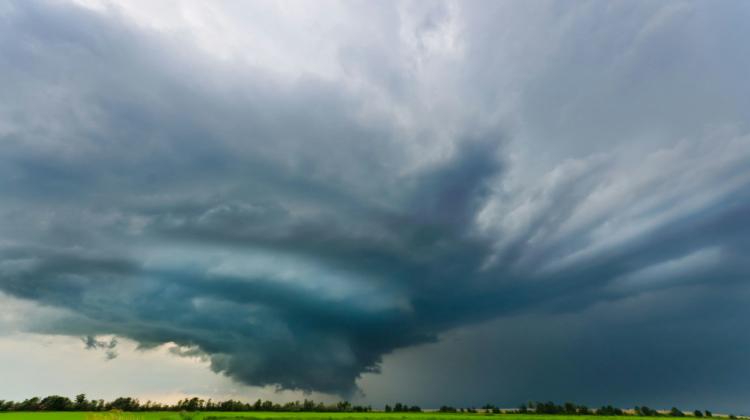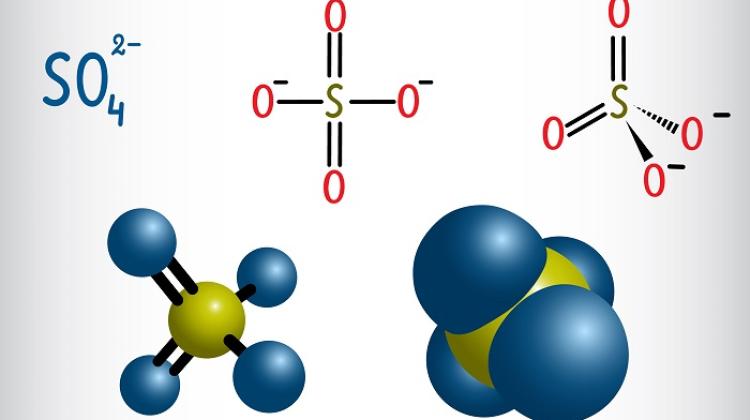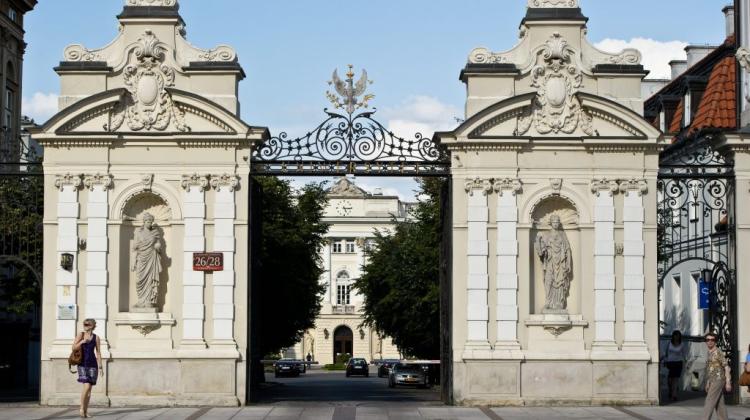Patch a hole in the knowledge of clouds

Sky experiments, during which researchers measure the temperature of the clouds, as well as the creation of artificial clouds in the lab and in the computer are parts of Polish research on the processes taking place in the clouds. This knowledge can improve the accuracy of weather forecasts.
"We already know a lot about cloud systems and individual clouds. Much is also known about droplets and ice crystals that form clouds, including how they are formed on the airborne aerosols. But there is a gap in our knowledge of the clouds" - said in an interview with PAP Prof. Szymon Malinowski from the Department of Atmospheric Physics, Faculty of Physics, University of Warsaw. He explained that researchers still do not understand many aspects of the interactions between water droplets in the cloud - the details of how under natural conditions they grow, evaporate and collide with each other.
Malinowski acknowledged that if do not investigate and cannot model these processes, we will not be able to accurately predict when and where the rain will fall. "When the source of moisture and energy runs out, the cloud ceases to grow, and turbulence causes it to mix with the surrounding air, evaporate and disappear, dispel like a contrail behind the plane. However, if the cloud does not give rise to the precipitation, water condensation remains in the air, it can condense into a new cloud and rain will probably fall somewhere else. The question, how long cloud will live and how fast the rain will occur, is fundamental" - explained the researcher from the University of Warsaw.
He said that droplets in the cloud are very small, they have a diameter of several micrometers (one thousand micrometers equals one millimetre), and the distances between drops are counted in millimetres. Malinowski noted that a cloud viewed in a larger scale, is as empty as a large room, in which there is only one ping-pong ball. Researchers need a precise description that would explain how these microscopic balls interact and how they behave in chaotic air flow.
To investigate such mechanisms, scientists need to collect detailed data about the conditions that prevail in various clouds. In their experiments, the scientists from the Faculty of Physics, University of Warsaw perform flights through the clouds with a properly equipped research aircraft.
"We are the best in the world when it comes to resolution of temperature measurements in the clouds" - said Prof. Malinowski. He reported that in the last measurement campaign (measuring stratocumulus over the Pacific), Poles measured temperature every 5 mm, and during the next flight it will be measured even more precisely - every 1.5 - 2 mm. Other groups also measure the sizes of droplets in the cloud and the properties of the aerosol particles.
The data collected in these flights are then used for further research. Scientists use them to check their models and test them in computer cloud simulations, and even prepare artificial clouds in the lab. With these experiments they can find out if their models will work in real terms.
"To prepare weather forecast for Poland, you have to have a model and feed it with data. The question is, how to transform data into the form that the model understands" - said Malinowski. He explained that data that could be used more effectively, could be data from satellites. However, satellites collect only the information about the photons - light reflected or emitted by the cloud.
"A model requires +meat+: temperature, concentration of water droplets. We need to be able to use images from satellites and select the information for the model from them. We need to know how the various droplet systems reflect light. It is important for weather and climate forecasting" - said the atmosphere physicist. Research of his team should help achieve this goal, but the way to practical application of this work is still long.
Headed by Prof. Malinowski, the project "Microdynamics of Cloud" is carried out under the MAESTRO programme of the National Science Centre.
PAP - Science and Scholarship in Poland, Ludwika Tomala
lt/ mki/
tr. RL
Przed dodaniem komentarza prosimy o zapoznanie z Regulaminem forum serwisu Nauka w Polsce.


















